Our brains do not just passively perceive the world—they construct it. Research shows that imagined and real experiences can produce strikingly similar neural activity, raising deep questions about the nature of reality itself. As the line between perception and imagination blurs, what determines our sense of what is real? In this first HowTheLightGetsIn pre-festival interview, we speak with Nadine Dijkstra, a UCL cognitive neuroscientist whose research seeks to reveal the brain’s “reality threshold,” the role of vividness in hallucination, and what this means for mental health and future technologies.
At the HowTheLightGetsIn Festival, taking place from May 23-26, 2025, the debate, Imagination and the Real, will challenge our assumptions about perception and reality. Most of us assume that what we see and experience is fundamentally different from what we imagine. However, recent advances in neuroscience suggest that the distinction may not be as clear-cut as we think. Studies show that brain activity in the visual and sensory cortex can be just as strong during dreams and imagined experiences as it is during actual perception. Some neuroscientists even argue that our perception of reality is a form of “controlled hallucination,” an idea that resonates with the German philosopher Immanuel Kant’s claim that “imagination is a necessary ingredient of perception itself.”
This raises profound questions: Has neuroscience uncovered a fundamental truth about the role of imagination in shaping reality? Could researchers discover a brain mechanism that definitively separates imagination from perception? Or is it misguided to think neuroscience alone can answer such deep philosophical questions? In this interview, Nadine Dijkstra discusses her celebrated work, the historical experiments that inspired it, and the implications for our understanding of perception, hallucination, and reality itself.
___
Since the brain only has access to electrical signals rather than the external world itself, it must interpret those signals to construct our experience of reality.
___
In the upcoming Imagination and the Real debate at HowTheLightGetsIn Festival, the core question seems to be the nature of the gap between reality and illusion. Your research has explored how the brain understands this distinction. Could you share how you came to see this gap, particularly in light of the Perky experiment and the broader philosophy of mind?
Absolutely. My research has shown that when we imagine something, such as picturing an apple in our mind’s eye, many of the same brain regions activate as when we actually see an apple. There is a striking overlap in brain activity between imagination and perception, and we still don’t fully understand how the brain distinguishes between the two. Since the brain only has access to electrical signals rather than the external world itself, it must interpret those signals to construct our experience of reality. Recent findings suggest that vividness plays a key role in differentiating real from imagined experiences. If an imagined object is vivid enough, some people - healthy participants included - may experience it as real. This suggests that the boundary between perception and imagination is far more fluid than we often assume.
SUGGESTED VIEWING Revolutionising our idea of the brain With Simon Baron-Cohen
I remember reading in an interview that during the COVID lockdown, you explored different research areas. What drew you to the Perky experiment specifically?







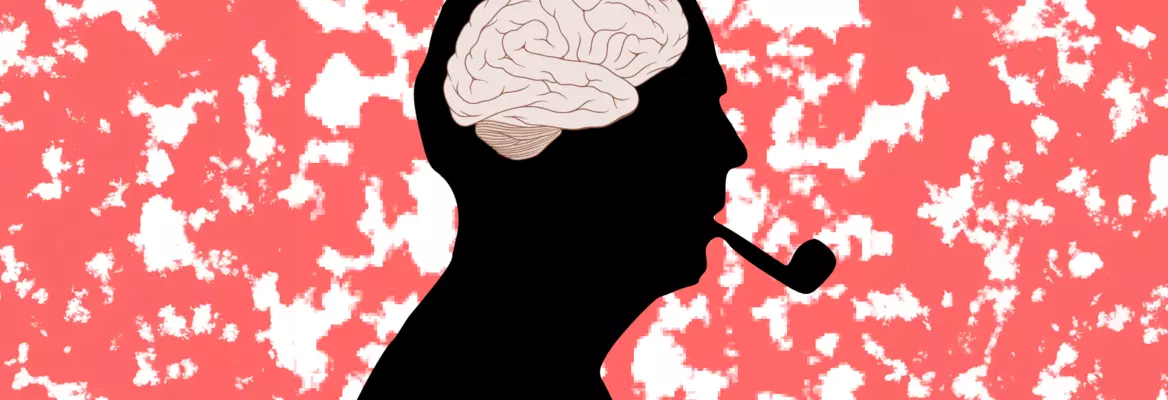



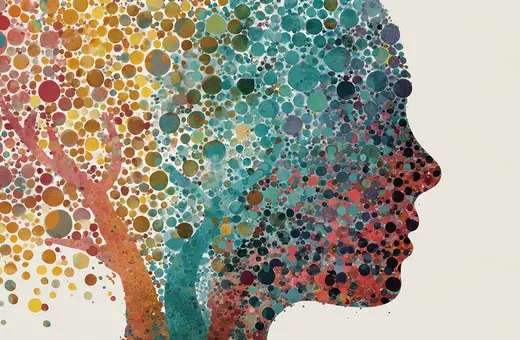
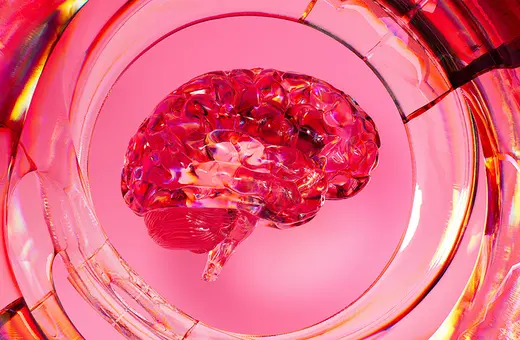

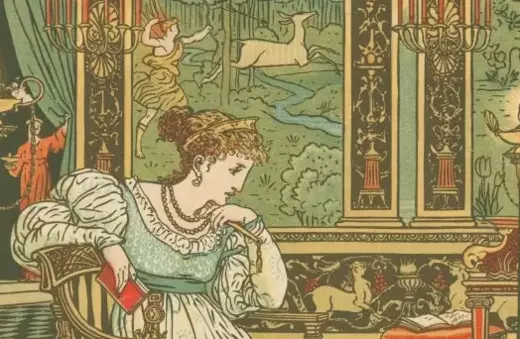
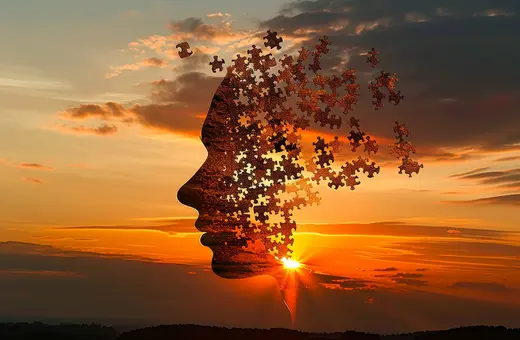
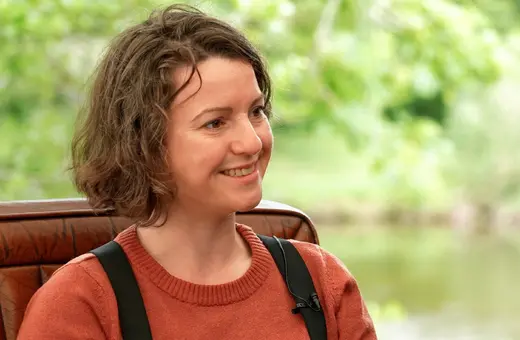
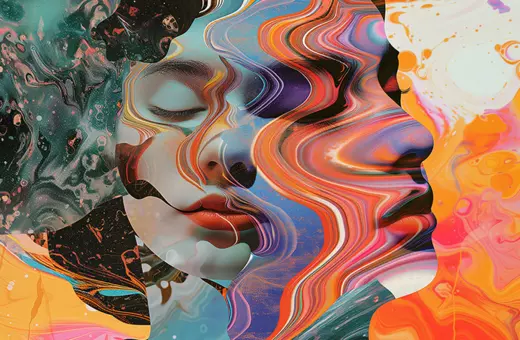
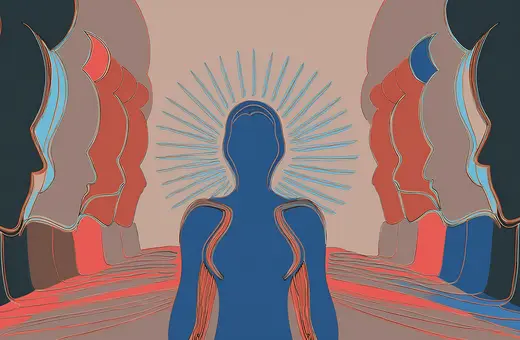



Join the conversation